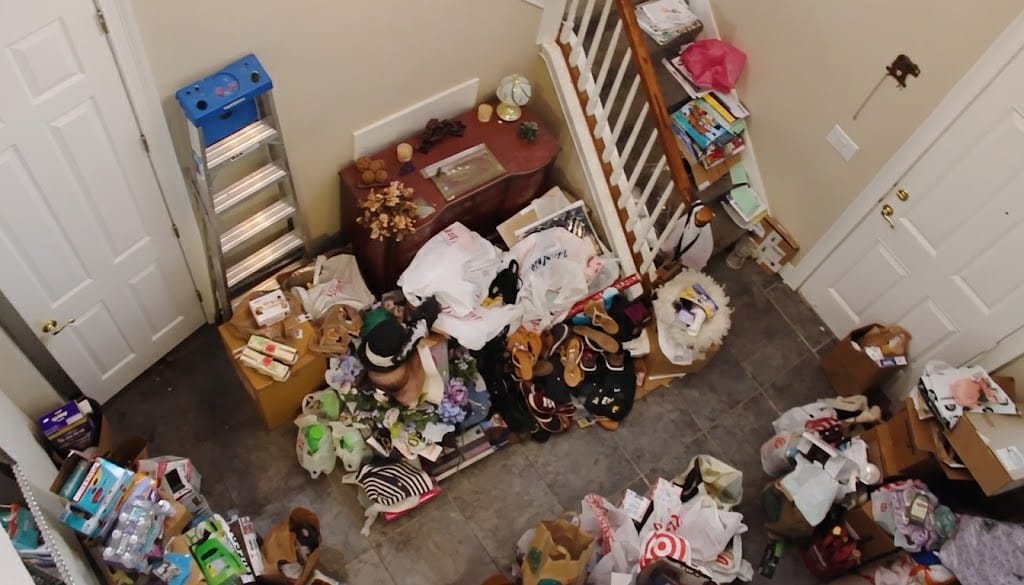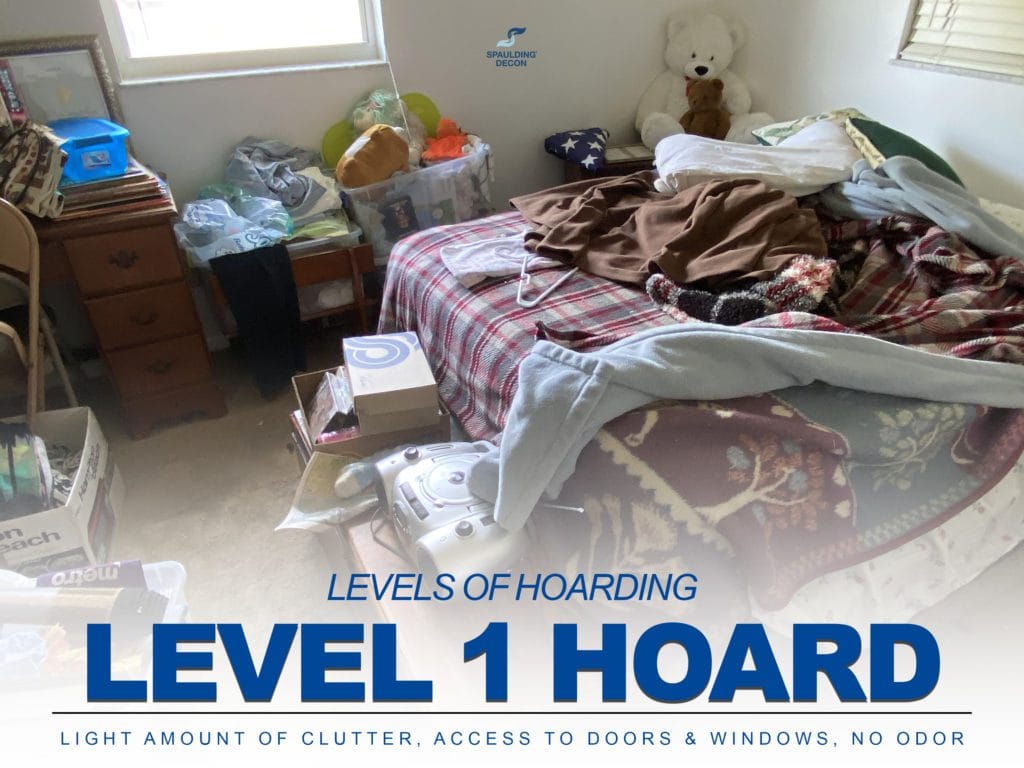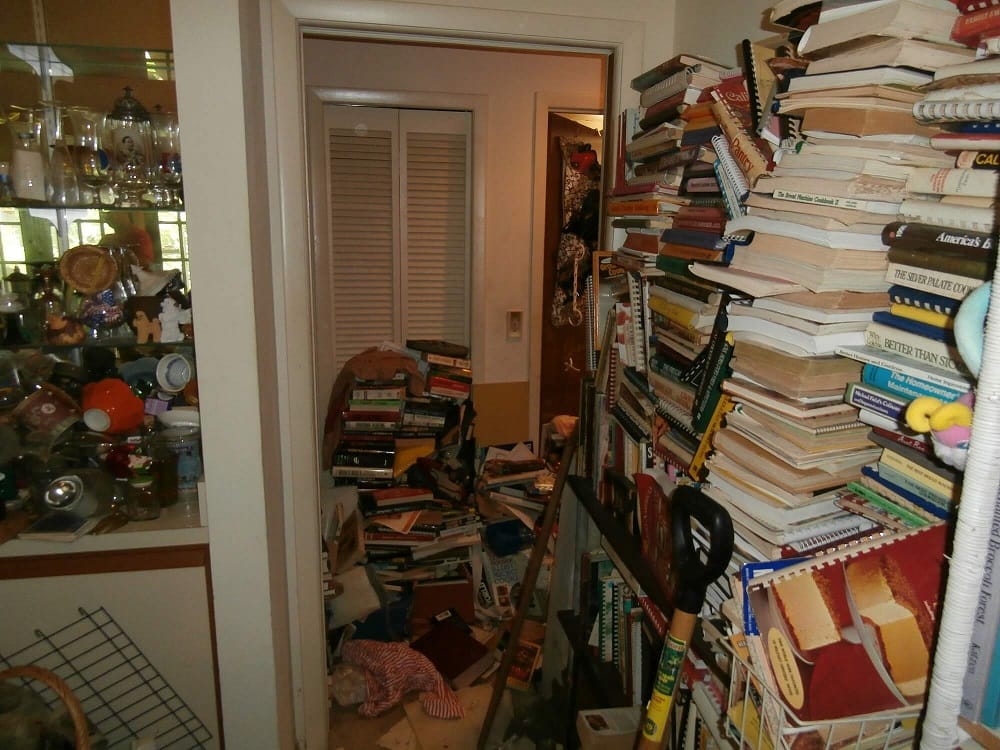Hoarding Affects over 4% of the U.S. Population
Compulsive Hoarding is a mental disorder that affects about 4 percent of the U.S. population. Each case of compulsive hoarding is different and can be triggered by various factors. In 2013 the latest DSM was released, DSM-V, and defined hoarders as a person who, excessively save items that others may view as worthless. They have persistent difficulty getting rid of or parting with possessions, leading to clutter that disrupts their ability to use their living or work spaces. Understanding what causes compulsive hoarding is essential to treating it.
There is not one main cause for compulsive hoarding. Though speculation and studies have been conducted linking hoarding to trauma, genetics, and brain abnormalities, none can firmly state they are the sole cause for hoarding. Although it is associated with a distinct abnormality of brain function (American Psychiatric Association) there is not a direct cause and effect relationship. Compulsive Hoarding usually begins in adolescent and teens years and grows in severity as the person ages. There are some risk factors that are linked to hoarding. Traumatic life events can cause someone to cope by hoarding items.
How Family History Can Contribute to Hoarding Disorder
A family history of hoarding can also be a cause of hoarding. If as a child, you grow up with someone who hoards or is close to someone that hoards, it can become a learned behavior. Another factor could be social isolation. People who display antisocial behavior are more likely to hoard, attempting to fill their lives with items instead of people. Many common causes of hoarding begin early on in life and manifest stronger towards middle age. Sometimes it is a fear of being poor and hoarding gives them the feeling of security since they have so much, even if it has no real monetary value. Many times, hoarding is caused by trauma.
Hoarders often being hoarding items after a traumatic life event occurs. Divorce, death or even simpler things such as a child moving out of the home can cause someone to begin hoarding. The loss of a loved one can lead to someone attempting to replace them by compulsively hoarding items such as paper, trash, or animals.
Personalized and Compassionate Plans for Cleanup
Just as each person is an individual, each case of hoarding is different and can be caused by one, or a combination of these factors. Compulsive hoarding can be caused by many of the factors talked about above, and is often in combination with those, a defense mechanism. Hoarders understand that they have all of the items, but do not see that there is a problem with the accumulation of items. It will be difficult to convince a compulsive hoarder that there is an issue.
If you or someone you know is a compulsive hoarder, it is important to seek help.
Confronting someone who hoards will not work towards their recovery, but it can damage your relationship with them. Understand hoarding is a disease, and it can de difficult to deal with alone. Contacting a professional for aid in cleaning and remediating the home is also a good course of action.
More Information
Here are more resources to help a compulsive hoarder in your life.
- 7 Warning Signs Someone You Love Has a Hoarding Problem
- Is Hoarding a Disease? What Do the Experts Think?
- Animal Hoarding: Laws, Facts and Psychology behind It
- Is Hoarding a Mental Illness?
- Getting Help for a Family Member Who Is a Hoarder
- Hoarding Is on the Rise





